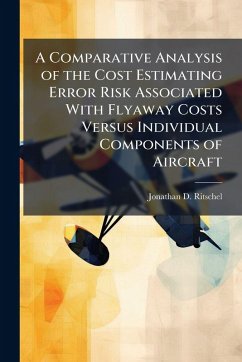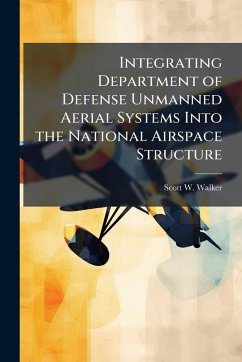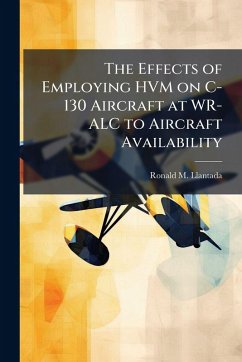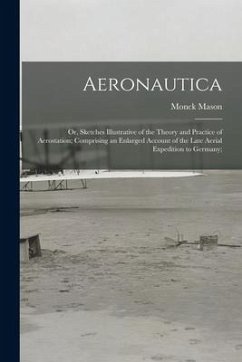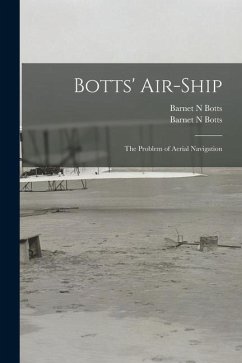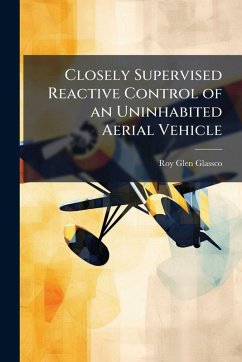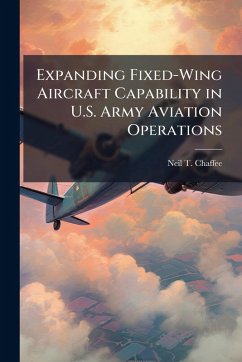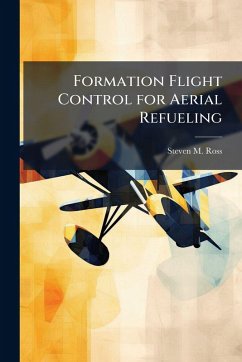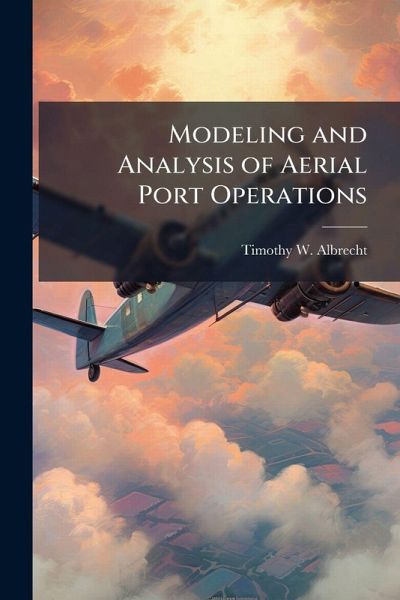
Modeling and Analysis of Aerial Port Operations
Versandkostenfrei!
Versandfertig in über 4 Wochen
17,99 €
inkl. MwSt.
Weitere Ausgaben:

PAYBACK Punkte
9 °P sammeln!
The focus of this thesis effort is gaining useful insight into aerial port operations by employing an animated simulation. Understanding airfield capacity, resources, and functioning allows greater accuracy and efficiency in both planning for future force structures and matching mobility assets with commanders' objectives. Two current simulations, ACE (Airfield Capacity Estimator) and BRACE (Base Resource Allocation and Capabilities Estimator), model mobility activities at the base level with some deficiencies. The model proposed by this thesis, APOM (Aerial Port Operations Model), will provid...
The focus of this thesis effort is gaining useful insight into aerial port operations by employing an animated simulation. Understanding airfield capacity, resources, and functioning allows greater accuracy and efficiency in both planning for future force structures and matching mobility assets with commanders' objectives. Two current simulations, ACE (Airfield Capacity Estimator) and BRACE (Base Resource Allocation and Capabilities Estimator), model mobility activities at the base level with some deficiencies. The model proposed by this thesis, APOM (Aerial Port Operations Model), will provide the mobility analyst an animated simulation with two, new measures of aerial port operations; a real-time estimate of airfield capacity subject to changing levels of airfield resources, and an instantaneous count of serviced aircraft (service MOG). Additionally, APOM will offer an expanded utility to the mobility analyst by modeling a ground transportation network associated with the aerial port. This work has been selected by scholars as being culturally important, and is part of the knowledge base of civilization as we know it. This work was reproduced from the original artifact, and remains as true to the original work as possible. Therefore, you will see the original copyright references, library stamps (as most of these works have been housed in our most important libraries around the world), and other notations in the work. This work is in the public domain in the United States of America, and possibly other nations. Within the United States, you may freely copy and distribute this work, as no entity (individual or corporate) has a copyright on the body of the work. As a reproduction of a historical artifact, this work may contain missing or blurred pages, poor pictures, errant marks, etc. Scholars believe, and we concur, that this work is important enough to be preserved, reproduced, and made generally available to the public. We appreciate your support of the preservation process, and thank you for being an important part of keeping this knowledge alive and relevant.



